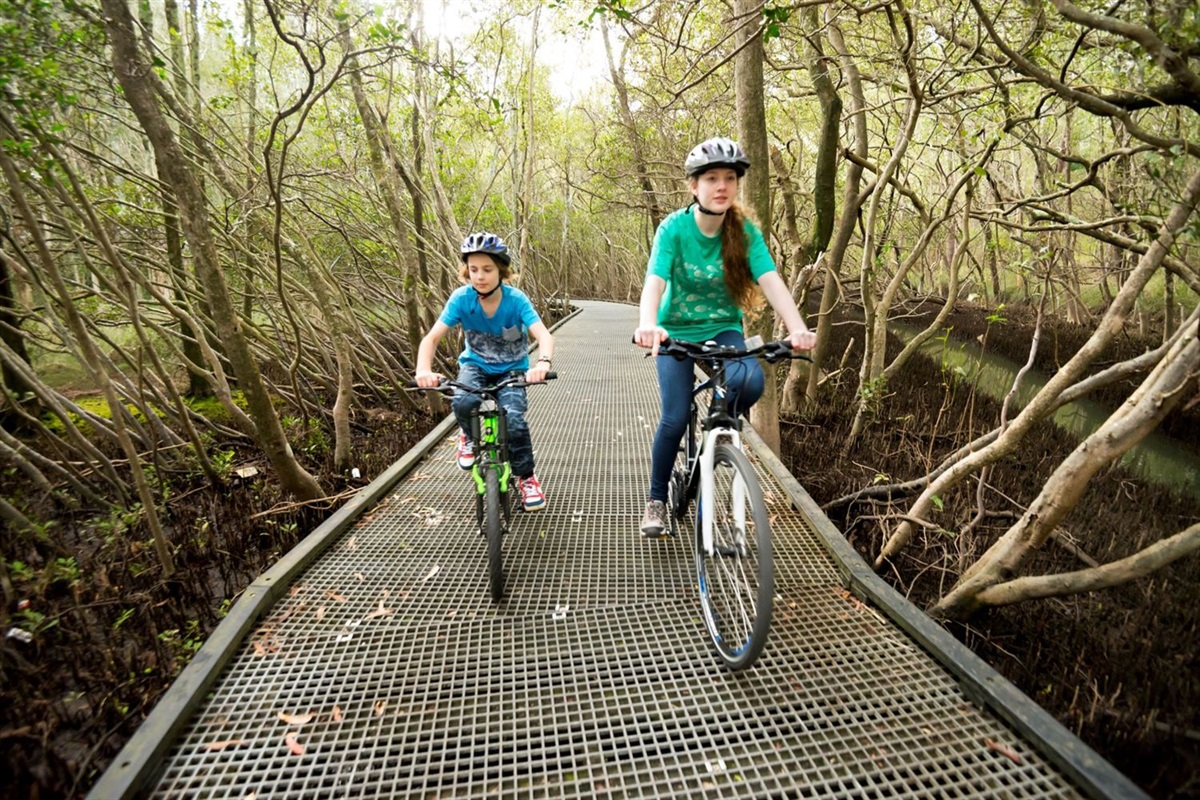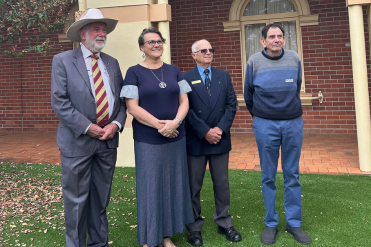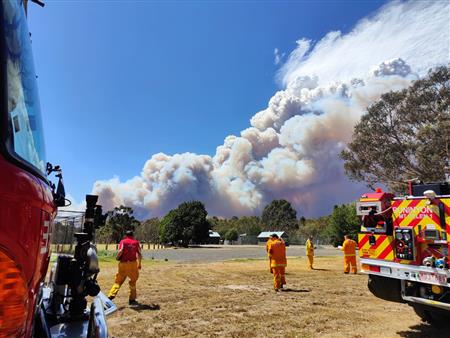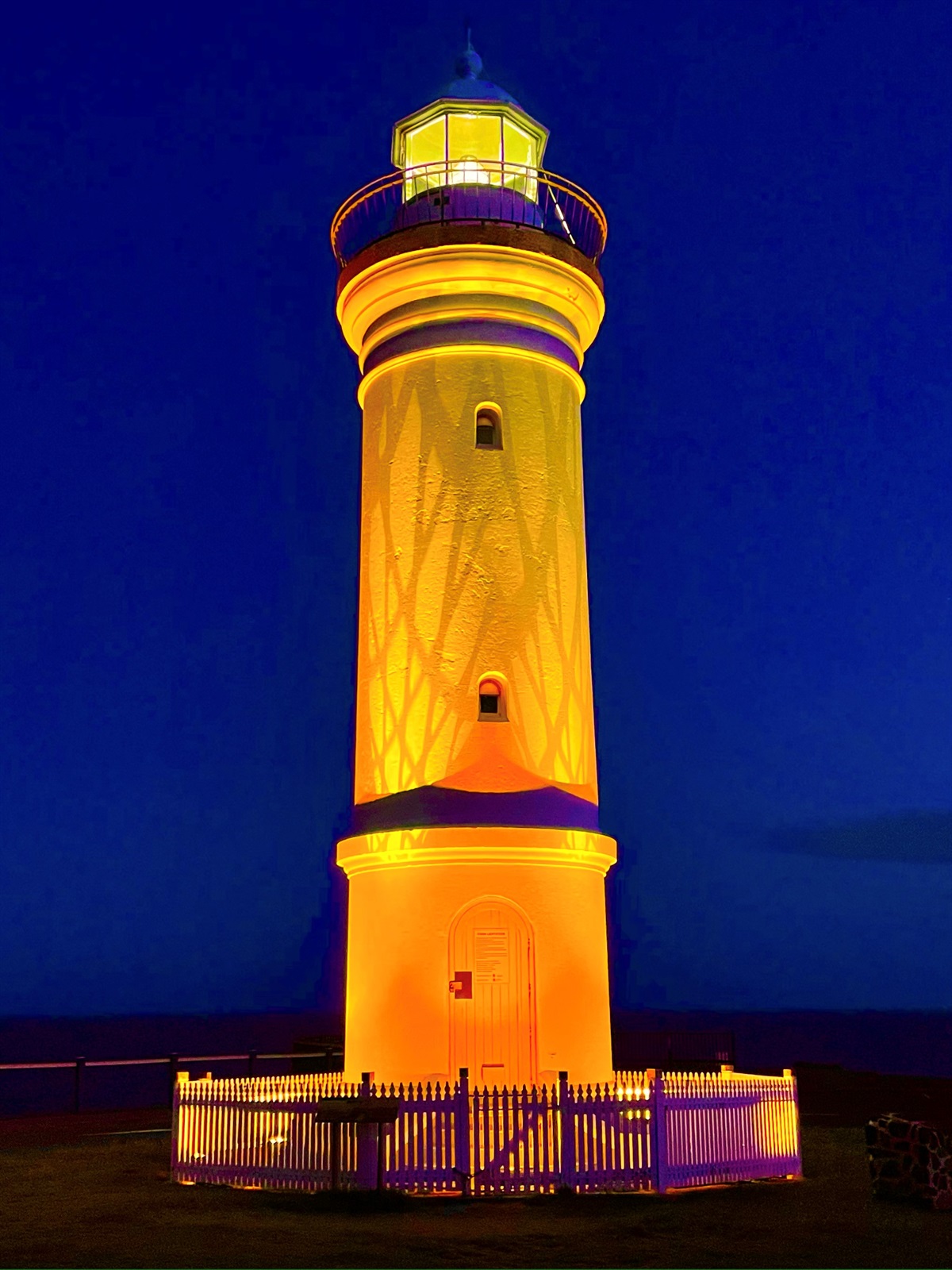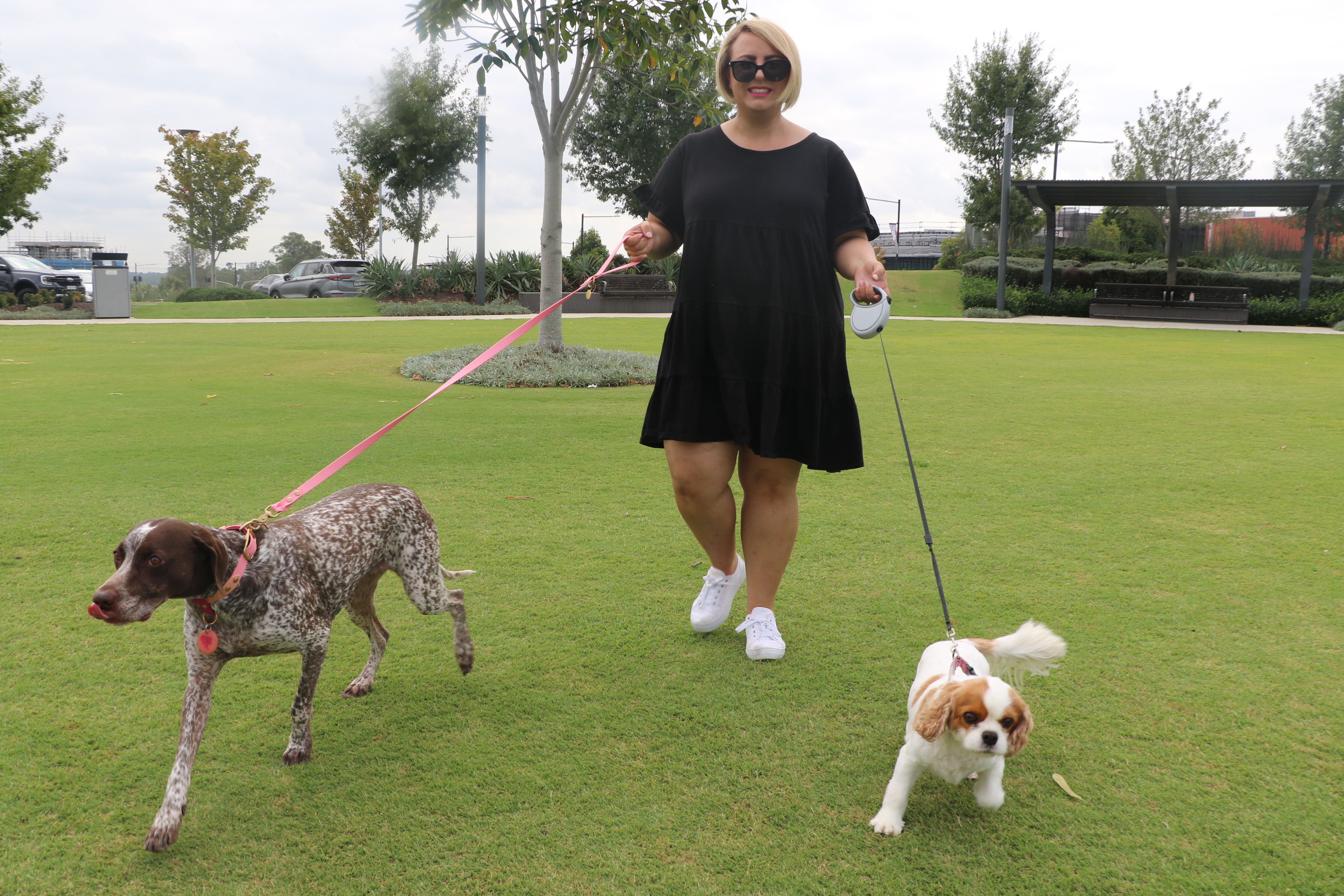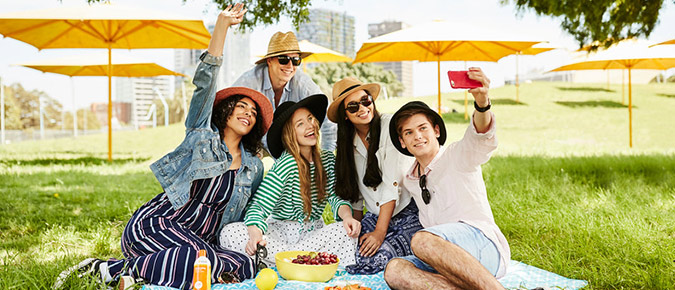
One of the most awaited and glorious times of the year in Australia is here – springtime! While the weather gets warmer and the days get longer, ultraviolet (UV) levels are also on the rise. Nearly all skin cancers are directly related to UV exposure; this means, that when you protect your skin from the sun’s UV radiation you reduce your risk.
Here’s what you need to know to embrace the sunshine this spring in Australia:
What is UV radiation
UV is a form of energy emitted by the sun that can’t be seen or felt and is not related to temperature. UV is responsible for at least 95% of skin cancers in Australia and can be high even on cool and overcast days.
This means you can’t rely on clear skies or high temperatures to determine when you need to protect yourself from the sun. In fact, UV levels across NSW are high enough to damage unprotected skin for at least 10 months of the year.
Sunburn and UV radiation
Sunburn occurs when the amount of UV radiation your skin is exposed to is more than its ability to protect itself with melanin.
The amount of time it takes to be sunburnt will depend on your skin type (fair skin will burn faster than dark skin), time of day and year, and your environment (cement, sand, water and snow are highly reflective). For example, if you are by the pool you are exposed to direct sunlight from the sky as well as the reflected sunlight from the water.
Unfortunately, even though sunburn eventually fades, long term damage to skin cells remains. Even mild sunburn can increase your risk of developing melanoma and the more often you are burnt and more severe the sunburn is, the higher your risk will be.
Remember, you can’t see or feel UV radiation. It is present every day, can be high even if the temperature feels cool and can pass through light cloud cover.
How UV radiation increases skin cancer risk
You can get skin damage when the UV is 3 or above even if you don’t get sunburnt. It can cause sunburn, premature skin ageing, and damage to skin cells, which can lead to skin cancer. You can’t always see sun damage to the skin – it can start long before you get sunburnt or develop a tan, and the damage adds up over time.
How to protect yourself from UV rays
Using all five forms of sun protection at any age can reduce your risk of developing skin cancer. When the UV is 3 or above, remember to: Slip into some sun protective clothing, slop on some SPF 50+ broad-spectrum, water-resistant sunscreen, slap on a sun safe hat, seek shade and slide on some sunglasses to protect yourself from harmful UV.

